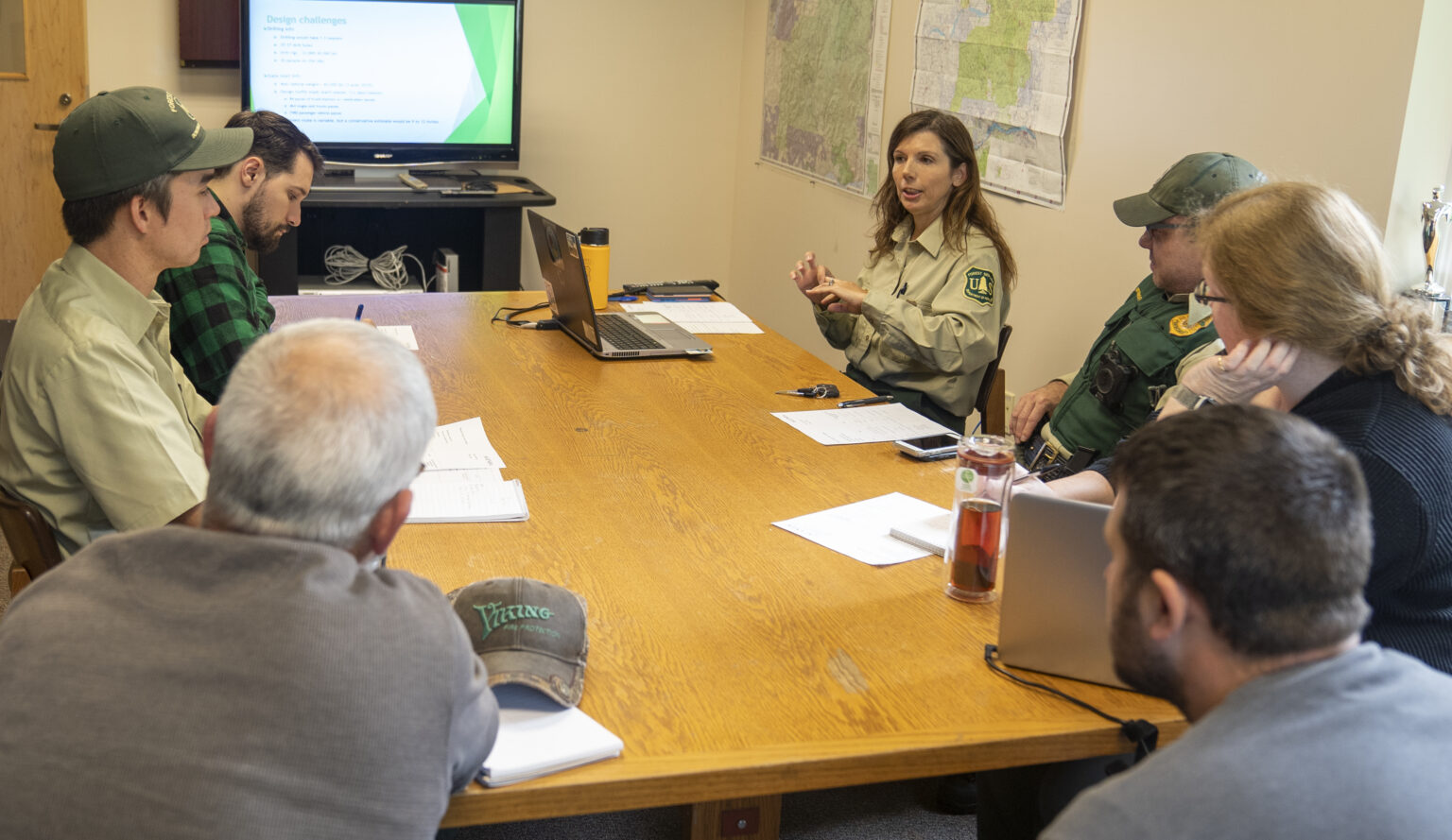Capitol Chatter: How will Oregon’s redistricting affect you?
Published 5:30 pm Thursday, September 9, 2021

- Capital Chatter square logo
I had just parked outside a cafe in downtown Tillamook when Rep. David Gomberg happened to call. When I casually mentioned my location, Gomberg commented that I was barely a block outside his legislative district.
Say what?
Trending
Small-town Tillamook is divided.
Gomberg, D-Otis, and Sen. Dick Anderson, R-Lincoln City, currently represent the southern part of Tillamook County. Rep. Suzanne Weber, R-Tillamook, and Sen. Betsy Johnson, D-Scappoose, represent the northern portion.
That division came about when the 2011 Legislature rejiggered Oregon’s 90 legislative and five congressional districts to balance population changes from the 2010 Census.
As is constitutionally required, the Legislature is at again with new numbers from the 2020 Census.
As one example of how this affects Oregonians, here is how the three proposals released last week might alter District 10, which Gomberg represents. The district currently runs along Lincoln and Tillamook counties but goes inland to parts of Polk and Yamhill counties, including Sheridan and Falls City.
The plan put forth by the Oregon Senate redistricting committee would remove Tillamook, Polk and Yamhill counties and bring in western Benton and Lane counties as far south as Florence. The House Democrats’ plan also would drop Polk and Yamhill counties, not go as far south but add Yachats, the rest of the city of Tillamook and coastal Tillamook County. The House Republicans’ plan would add Yachats and more of the western Willamette Valley.
Trending
Which is best for residents? Would their influence at the Legislature be strengthened or diluted? Which political party would benefit, although theoretically that’s not supposed to matter?
Like many of his colleagues, Gomberg recently wrote to constituents about the relevance of redistricting:
“We presently have four districts in the Oregon House that stretch primarily along our coast. But imagine for a moment if Florence were paired with Eugene, Newport and Toledo with Corvallis, Lincoln City with Salem and Tillamook with McMinnville. We’d essentially have more Valley-dominated districts and coastal voices would be diminished.
“To some degree that is the case now with Sheridan, Grand Ronde and Falls City, which were added to our House District 10 years ago. I visit them and advocate for them as much as I can. But it is an hour from the coast to Falls City in Polk County and I have to drive out of the district through Dallas to get there. They are frustrated. They don’t feel they belong in a ‘coastal’ district and I understand that.”
The rub is that each of Oregon’s 60 state House districts must be roughly equal in population. The same holds true for the 30 state Senate districts and the six congressional districts. The biggest battle will be where to put that sixth congressional district that Oregon has gained with the 2020 Census.
State law decrees, “No district shall be drawn for the purpose of favoring any political party, incumbent legislator or other person.”
Thus, gerrymandering is illegal. It happens anyway. State and congressional lawmakers want districts created that enhance their re-election and their party’s control.
Oregon Congressmen Peter DeFazio and Kurt Schrader made national news for complaining that state House Speaker Tina Kotek, D-Portland, surrendered Democrats’ advantage when she put an equal number of D’s and R’s on the House redistricting committee.
State law calls for districts “as nearly as practicable” to be internally contiguous, have equal population, use current geographic or political boundaries, be connected by transportation links and not divide “communities of common interest.”
Urban areas generally have grown in population, so rural legislative districts must expand in order to have as many residents. Again, taking Gomberg’s district as an example, should it grow to the north, east or south? Which of the current and potential towns constitute communities of common interest?
Similar scenarios are playing out across the state. Rep. Shelly Boshart Davis, R-Albany, is co-chair of the House redistricting committee. She represents House District 15, which is centered on Linn County.
The House Republicans’ proposal most closely would follow existing boundaries. The House Democrats’ plan divides the Greater Albany School District. The Senate’s plan would add part of Marion County, including some of South Salem, and remove part of Linn County.
As for the potential boundaries for congressional districts, the competing proposals play to partisan desires – although proponents contend they’re not gerrymandering.
We’re left with a series of questions:
1. How much gerrymandering will ultimately occur, albeit under the guise of common-sense decision-making?
2. Will the Legislature actually meet in special session on Sept. 20 to act on redistricting proposals?
3. Will lawmakers and Gov. Kate Brown agree on a plan? Or, as has happened almost always, will it be left to the courts to set congressional boundaries and Oregon’s secretary of state, liberal Shemia Fagan, to draw legislative districts?
4. In the meantime, what effect, if any, will the public testimony at the online hearings and individual Oregonians’ boundary proposals have on legislators?
5. Who will win and lose? What communities will be segmented? Which legislators will be edged out of their current districts?
6. As cities and school boards eventually take up local redistricting to equalize population numbers, how will the resulting boundary changes in wards and zones affect local elections?
In short, from city hall to Capitol Hill, how will redistricting determine who represents you? Will you be more likely or less likely to elect someone who represents your views?
“Salem’s success at the Legislature in recent years reflects a concerted effort to rebuild Capitol relationships.”





